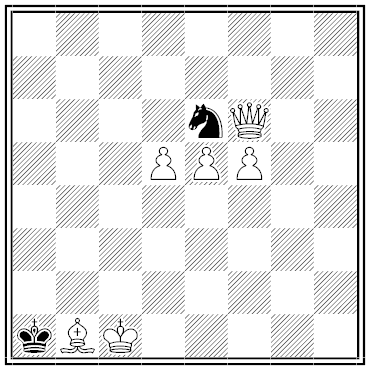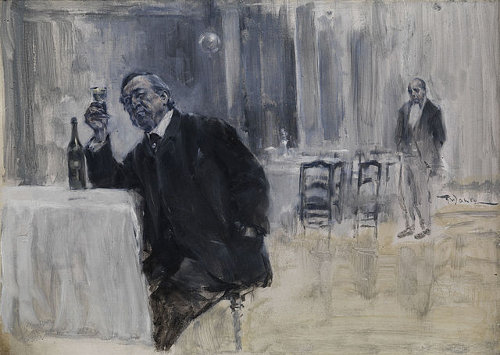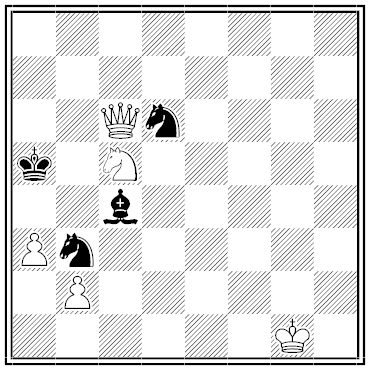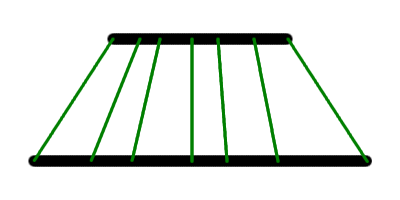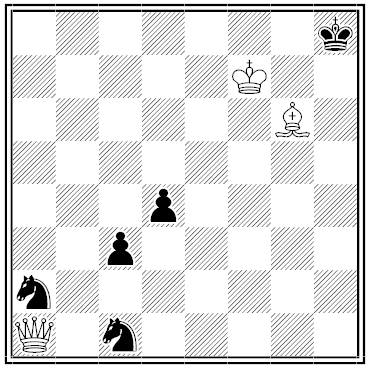In Lord Dunsany’s Fourth Book of Jorkens, a member of the Billiards Club observes a book called On the Other Side of the Sun and says, “On the other side of the sun. I wonder what’s there.”
Jorkens, to everyone’s surprise, says, “I have been there.”
Terbut challenges this, but Jorkens insists he was on the other side of the sun six months ago. Terbut knows perfectly well that Jorkens was at the club six months ago, so he wagers £5 that Jorkens is wrong. Jorkens accepts.
“You have witnesses, I suppose,” says Terbut.
“Oh, yes,” says Jorkens.
“My first witness will be the hall-porter,” says Terbut. “And yours?”
“I am only calling one witness,” says Jorkens.
“Went with you to the other side of the sun?” asks Terbut.
“Oh, yes,” says Jorkens. “Six months ago.”
“And who is he?” asks Terbut.
Whom did Jorkens call?

